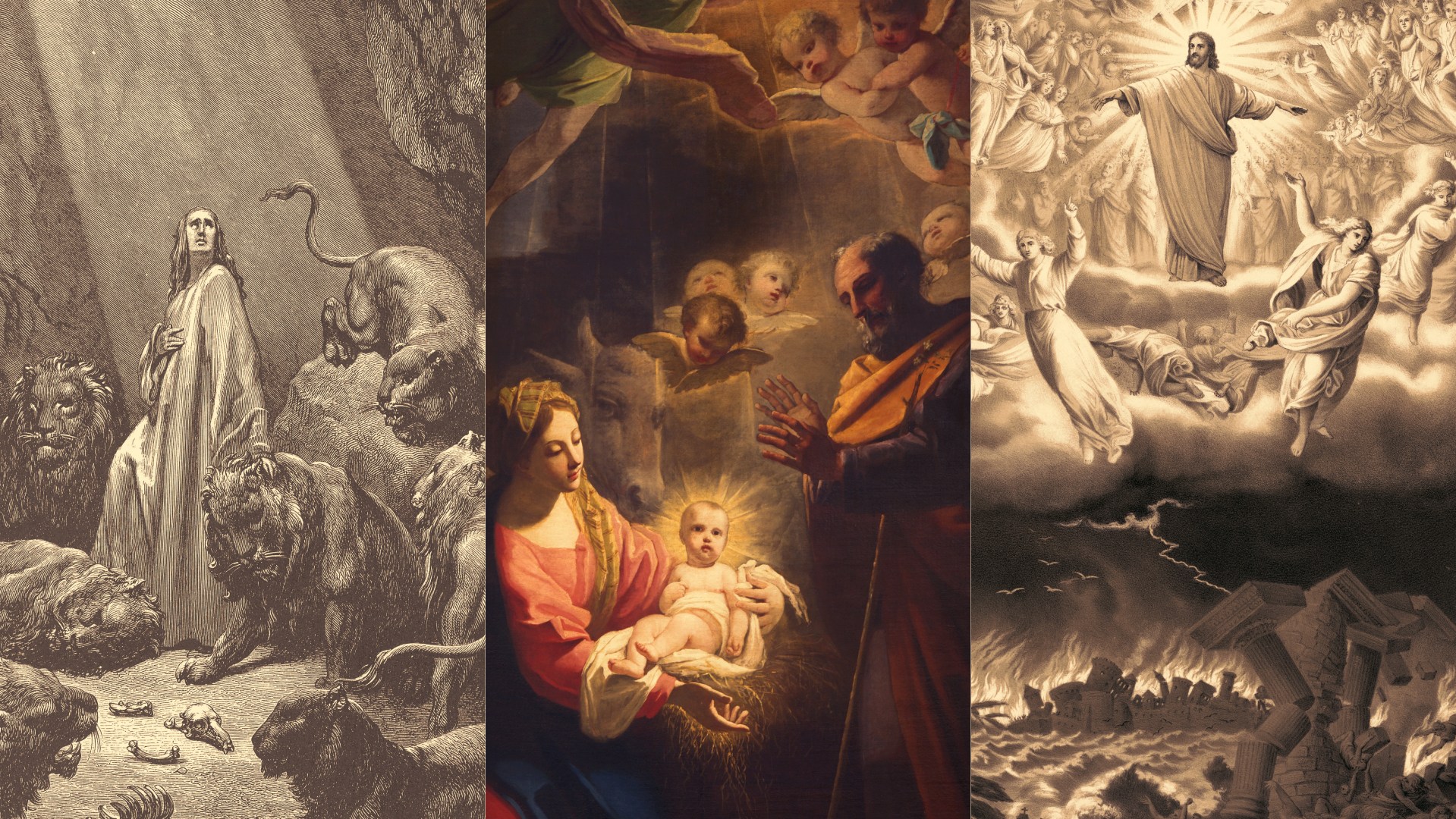Advent’s journey from darkness to light has pressed tangibly upon me since living in Scotland. At the winter solstice, the sun rises just before 9 a.m., only to set just after 3:30 p.m. After that, sunlight substantially increases each day, reminding me of our expectation as Christians of the light and life Christ brings when he comes.
My own advent journey toward light renews hope in this dark year. The pandemic forced a cancellation of travel to the US, the longest stretch I’ve gone without seeing my extended family. For several months now the Scottish government hasn’t allowed us to meet with others in our homes. We don’t just long for the pandemic’s end; more than anything else, we long to see, touch, and hug our people. We expected a small taste of this heaven over the holiday with a lifting of UK restrictions for five days to allow eight-person, face-to-face “Christmas bubbles.” But a new strain of the virus has dashed our hope. Suddenly, five days has become one. Devastated families have cancelled travel plans. Most knew the togetherness wouldn’t be perfect or lasting, but didn’t expect this. We return to a national lockdown on Boxing Day, and to a longing to gather together again, for good.
Hope as a precious commodity brought me to the Advent passage Mark 13:24–37. Here, Jesus promises to return as the Son of Man and gather together believers from the ends of the earth. What a great lifting of restrictions that will be!
Jesus’ promise occurs as part of a longer speech to his disciples (Mark 13:1–37; see also Matt. 24:1–25; Luke 21:5–36). Leaving the temple complex in Jerusalem, the disciples marvel, “Look, Teacher, what large stones and what large buildings!” to which Jesus replies, “Not one stone will be left here upon another; all will be thrown down” (Mark 13:2, NRSV). This is confounding! It must mean the end of the world. Jesus takes his seat on the Mount of Olives, opposite the temple, and some of his disciples anxiously ask him when these things (the temple’s destruction) will happen, and what the sign will be that all these things (the end of the age) are about to be fulfilled (v. 4).
Jesus answers by enlarging their vision beyond the temple’s destruction. The end of the temple isn’t the end of the world but part of the labor pains that give birth to a new age.
Eleven commands to “watch” and “be alert” safeguard believers against being led astray, not only by false teachers but also by false signs due to natural disasters or wars—or perhaps even a novel coronavirus pandemic.
These labor pains entail a time of increasing tribulation marked by extraordinary suffering and deception (vv. 5–23). Jesus warns against false messiahs who will use false signs to persuade believers of an end that hasn’t happened yet. Eleven commands to “watch” and “be alert” safeguard believers against being led astray, not only by false teachers but also by false signs due to natural disasters or wars—or perhaps even a novel coronavirus pandemic. This chaotic labor pushes toward new birth during which believers press forward, taking up their crosses to follow Jesus. They endure suffering and faithfully proclaim the gospel to all nations by the power of the Spirit (vv. 9–13). The “desecration” preceding the temple’s destruction devastatingly culminates the contractions (vv. 14–23). Believers mustn’t be distracted, dismayed or deceived as if something strange is happening. “Be on your guard” against deceptive signs of the end, Jesus says, “I have told everything ahead of time.”
In the second part of Jesus’ response, he lays out labor’s end and the welcome intervention of God, who delivers his people into the new age (vv. 24–27). Jesus’ speech shifts perspective in time and space. “In those days, [sometime] after that suffering,” chaos on the ground ascends to chaos in heaven. The genuine signs of the Messiah’s coming cause the whole universe to collapse: The sun and moon darken, the stars fall, the heavenly bodies shake. More than cosmic upheaval, falling stars and shaking heavens represent the vanquishing of demonic powers in conflict with God. In glorious triumph, Jesus descends as the Son of Man with his holy angels to unite the earth’s elect as the complete family of Christ.
Jesus’ self-designation as “Son of Man” in the Gospels comes from Daniel 7:13-14, where God ordains “one like a son of man” to rule an everlasting kingdom for God’s suffering people (NIV). Throughout Mark, Jesus is this Son of Man with authority on earth. As Son of Man, Jesus suffers, dies, rises and returns to judge the world in righteousness and make all things new. In Mark 13, Jesus returns as Son of Man to finally crush all chaos and bring about the kingdom for the sake of his people.
Jesus’ speech may confound us due to the wide depth of field. In photography, depth of field measures the distance between the nearest and farthest objects—a shallow depth of field draws our eye to focus on the person in the photo instead of the mountains in the distance. But in Mark, Jesus reveals the whole landscape of labor and delivery in a single frame with a wide depth of field that brings everything into focus. Today’s readers still see the wide depth of field in Jesus’ speech but recognize a much longer time span between labor and delivery. As we expectantly wait and work, the coming of Christ has necessitated an extended labor—not because the Lord is slow, but because he is patient (2 Pet. 3:9).
Though confounding, this wide depth of field proves crucial for hope. Apocalyptic writings, like Daniel before and Revelation after, reveal a reality beyond what we can see with the naked eye. Presently, we perceive evil, sin and its effects, violence, disease, and the physical separation due to pandemics, but apocalyptic writings reveal that God is with us now and is coming to set aright a world gone awry. This apocalyptic view does not deny the present reality of our pain, but it challenges a faithful reframing of it. By viewing the whole landscape, our eyes can see the evil of our age has no lasting power, because God has fixed its end. It is as Samwise says in Tolkien’s The Return of the King, “Is everything sad going to come untrue?” Yes, the King is coming!
In Mark 13:24–27, Jesus assures us that in him God will right all that has gone wrong. The Son of Man comes to his people. In 1 Thessalonians 4, Paul similarly assures the church to keep hope. In God’s time, a public reunion will surpass any our current pandemic’s end can provide:
For the Lord himself will come down from heaven, with a loud command, with the voice of the archangel and with the trumpet call of God, and the dead in Christ will rise first. After that, we who are still alive and are left will be caught up together with them in the clouds to meet the Lord in the air. And so we will be with the Lord forever. Therefore encourage one another with these words. (v. 16–18)
Christ will come, God knows when (Mark 13:32). For us, the call is to vigilant strength, obedience, and mutual encouragement. Our current isolation intensifies our longing for new birth that will happen in Christ, and nothing will separate us again. And so we say this Advent, “Come, Lord Jesus.”
Elizabeth Shively is senior lecturer in New Testament studies and director of teaching at the School of Divinity, St. Mary's College, University of St. Andrews, Scotland.










